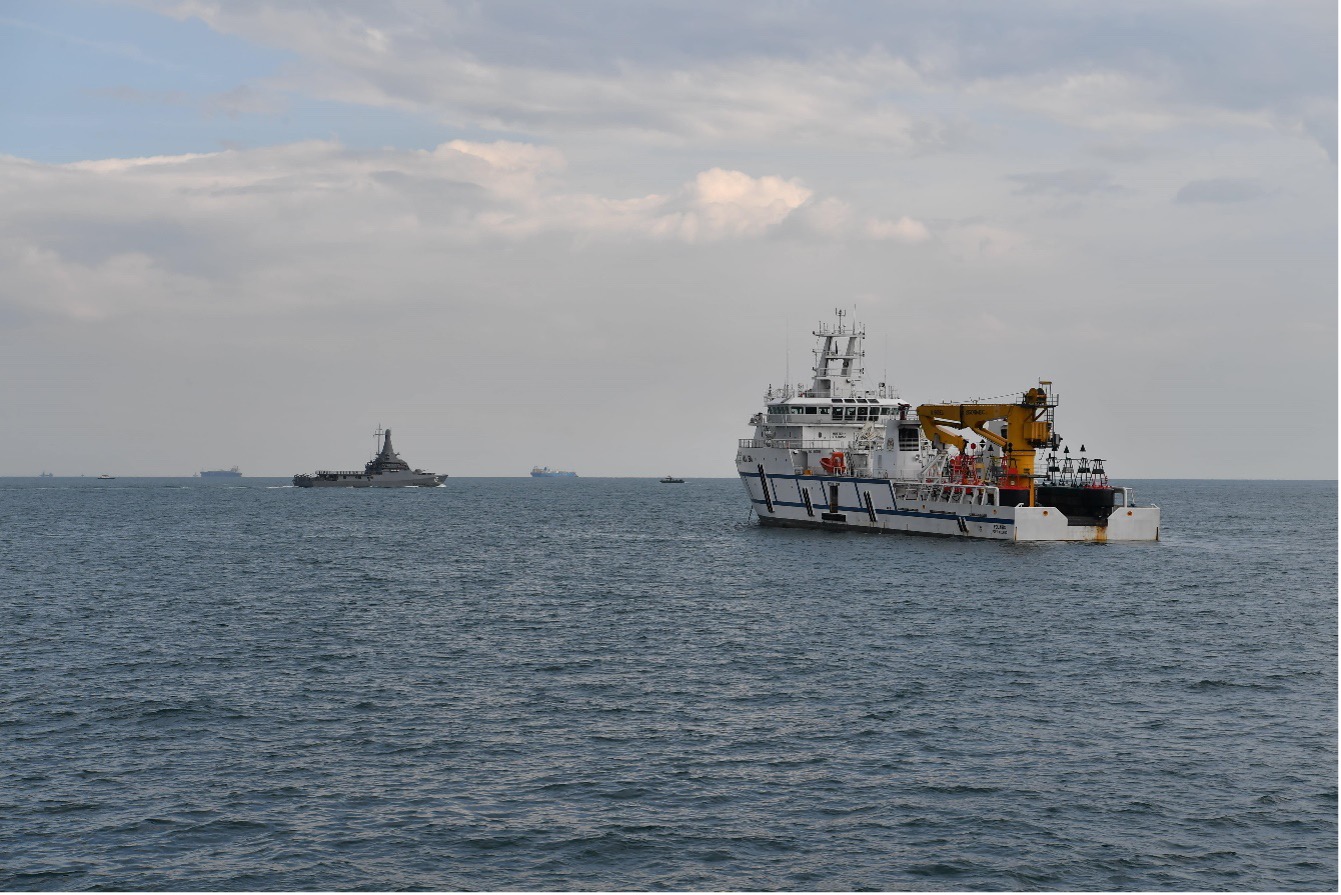Overview
Overview

Through the years, threats to Singapore have ranged from riots and terrorist incidents to maritime disputes and cyber-attacks. As challenges to Singapore’s defence and security continue to evolve, we must keep refining our approach to stay prepared for all manner of threats.
Even though the Singapore Armed Forces (SAF) and Home Team are capable, they face significant challenges in terms of our immutable vulnerability of size while keeping up with new security threats. For example, we will always be a small country without the backing of a hinterland with abundant resources. Our small size also means that in the world of international politics, Singapore is a price-taker and not a price-setter. At the same time, the security landscape grows more complex and new threats have emerged, exacerbated by the accelerated adoption of digital and communications technology.
A Complex Global and Regional Security Landscape
From the end of the World War II up to the late 1980s, the geopolitical landscape was defined by two superpowers, the United Sates (US) and the Soviet Union. When the Soviet Union collapsed in 1991, the US was the sole superpower in a unipolar world.
While the US remains the preponderant power, China has rapidly risen to prominence on the global stage, and complications in US-China relations have correspondingly arisen in recent years. While the US-China rivalry of today has not yet reached the same intensity of the Cold War in the 1960s and 1970s, it has nevertheless played out across multiple domains, including defence, trade, and technology. As both the US and China seek to reduce their reliance on each other and pursue bifurcation in key domains, countries around the world have come under greater pressure to take sides.
Such developments present a clear challenge for us. “We have no desire to take sides or to be caught in the crossfire, we stand for our national interests, and so far, we have maintained independence and space for ourselves. But as contestation increases in this region, it will be increasingly difficult to do so,” said Dr Ng in 2020.
The hope, according to Singapore’s Foreign Minister Dr Vivian Balakrishnan, is for peaceful coexistence. “Ultimately, we would like to see the two biggest economies in the world coexist peacefully, and in an open and inclusive regional architecture throughout ASEAN, and this will be win-win for all of us,” he said in September 2021. While it is natural for two major powers to compete, Singapore hopes that the US-China relationship will be constructive, where cooperation in areas of mutual interest, such as tackling climate change and the spread of infectious diseases, can take place.
Alongside the US-China strategic competition, the Asia-Pacific region as a whole has become more militarised and contested, with military spending in Asia having grown more than 50 per cent in the past decade. Countries such as Japan, India, and Australia have begun taking bigger roles, while ASEAN members’ defence spending have doubled in the last 15 years.
Although Singapore has, over the years, built one of the most capable militaries in the region and established warm relations with our neighbours through bilateral and multilateral engagements, there are still occasional reminders that we should not be complacent.
An example would be periodic incursions by neighbours into our territorial waters. Some of these incidents have been provocative and escalatory, increasing tensions and the risk of miscalculation on the ground, as well as harming bilateral ties.
For example, in October 2018, Malaysia unilaterally extended the Johor Bahru Port Limits, encroaching into Singapore Territorial Waters off Tuas. Under international law, port limits are to be declared by a country only within its own territorial waters. Due to this violation of Singapore’s sovereignty, Singapore lodged a strong protest with the Malaysian government. During this period, there were daily intrusions by Malaysian government vessels into Singapore waters, including prolonged anchoring.
On 6 December 2018, the Singapore government extended the Singapore Port Limits off Tuas. It was challenging to manage the situation without escalating tensions, especially as the waters in the area became more congested with civilian and military vessels.
 RSS Independence (left) watching over a Malaysian government vessel in Singapore waters off Tuas. Image: MINDEF.
RSS Independence (left) watching over a Malaysian government vessel in Singapore waters off Tuas. Image: MINDEF.
As the threat landscape continues to evolve, new and complex security challenges such as transnational terrorism, cyber-attacks, and disinformation campaigns have emerged. Such emerging threats are not only more difficult to deter and detect compared to conventional military threats, but will also require the SAF to rethink traditional concepts of defence in order to be able to respond effectively.
In the face of threats new and old, Singapore remains committed to defending our strategic interests and sovereignty, backed by a strong SAF.

